Introduction
The world of tea is a tapestry woven with diverse flavors, aromas, and traditions. Among the myriad varieties, white tea and floral tea often spark curiosity due to their subtle yet distinct profiles. While both are celebrated for their elegance and health benefits, they originate from different botanical sources, processing methods, and cultural contexts. This article delves into the nuances that set white tea and floral tea apart, exploring their origins, production techniques, flavor characteristics, and cultural significance. By understanding these differences, tea enthusiasts can appreciate the unique qualities each beverage brings to the table.
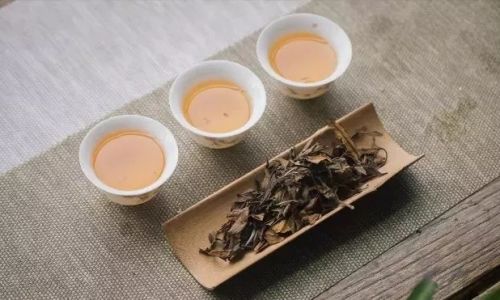
Definitions and Botanical Origins
White Tea:
White tea is derived from the Camellia sinensis plant, the same species that produces green, oolong, and black teas. What distinguishes it is its minimal processing. Typically harvested from young, unopened buds and tender leaves, often covered in silvery fuzz (hence the name “white”), this tea undergoes only withering and drying. This gentle treatment preserves a high concentration of antioxidants, such as catechins, and results in a pale, liquor-like infusion.
Floral Tea:
Floral tea, on the other hand, is a broader category encompassing blends or infusions that incorporate flowers, either alone or combined with tea leaves. Unlike white tea, floral tea may or may not contain Camellia sinensis. Examples include jasmine-scented green tea, where flowers are layered with tea leaves during processing, or pure herbal infusions like chamomile or rosehip tea. The term “floral tea” thus spans a spectrum, from tea-based aromatics to caffeine-free botanical tisanes.
Processing Methods: Simplicity vs. Artistry
White Tea Production:
The creation of white tea is a testament to minimalism. After plucking, the leaves are withered naturally under sunlight or in controlled indoor environments to reduce moisture. They are then dried, often through pan-frying or air-drying, to halt oxidation. This lack of rolling or bruising ensures the leaves retain their delicate shape and compounds. The result is a tea with a light, almost ethereal flavor profile.
Floral Tea Production:
Floral teas involve more complex artistry, especially when blending with tea leaves. A classic example is jasmine tea, where tea leaves are layered with fresh jasmine blossoms multiple times to absorb their fragrance. The flowers are later removed, leaving the tea imbued with a floral essence. For herbal floral teas, such as hibiscus or lavender, the processing is simpler: dried flowers are steeped in hot water, releasing their aromatic oils and pigments. Some floral teas may also include spices, herbs, or fruit peels, adding layers of complexity.
Flavor Profiles: Subtlety vs. Aromatic Boldness
White Tea’s Taste:
White tea is renowned for its mild, slightly sweet flavor with notes of honey, cucumber, or fresh hay. Its lack of bitterness or astringency makes it approachable for new tea drinkers. The taste is often described as “delicate” or “refreshing,” with a lingering aftertaste that hints at its minimal processing. Higher-grade white teas, like Silver Needle, exhibit a silky texture and a clean finish.
Floral Tea’s Taste:
Floral teas offer a broader sensory experience. Tea-based blends, such as rose-scented black tea, balance the malty or grassy notes of the leaves with the sweetness of petals. Herbal floral teas, like chamomile, are caffeine-free and boast bold, soothing flavors. Some, like hibiscus, are tart and vibrant, while others, such as lavender, are calming and herbaceous. The intensity of floral aromas varies widely, from subtle to overwhelming, depending on the blend.
Caffeine Content: A Key Difference
White Tea:
As a true tea from Camellia sinensis, white tea contains caffeine, though typically in lower amounts than green or black teas. A standard 8-ounce cup may contain 15–30 mg of caffeine, making it a mild stimulant.
Floral Tea:
Floral teas vary. Those blended with tea leaves (e.g., jasmine green tea) inherit the caffeine content of the base tea. However, pure floral infusions, like rosehip or chamomile, are naturally caffeine-free. This duality makes floral teas versatile for any time of day, while white tea is best enjoyed by those seeking a gentle energy boost.
Health Benefits: Antioxidants vs. Botanical Compounds
White Tea:
Rich in polyphenols, particularly catechins, white tea is touted for its antioxidant properties. Studies suggest it may support immune function, reduce inflammation, and promote skin health. Its minimal processing preserves more antioxidants compared to oxidized teas like black tea.
Floral Tea:
Floral teas offer a different set of benefits. Herbal varieties, such as hibiscus, are high in vitamin C and anthocyanins, which may aid digestion and lower blood pressure. Chamomile is prized for its calming effects, while lavender is linked to stress relief. Tea-based floral blends combine the antioxidants of Camellia sinensis with the therapeutic compounds of flowers, creating a synergistic health profile.
Cultural Significance: Tradition vs. Innovation
White Tea in Culture:
White tea has deep roots in Chinese history, particularly in the Fujian Province. Revered for its purity, it was traditionally offered as a tribute to emperors. Today, it symbolizes simplicity and refinement, often enjoyed in quiet contemplation or formal tea ceremonies.
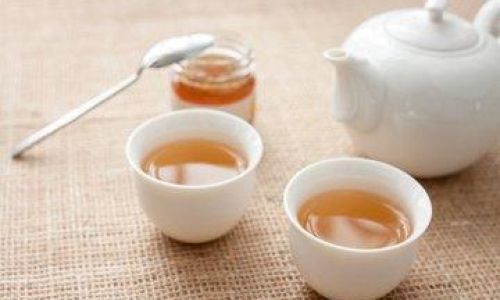
Floral Tea in Culture:
Floral teas have a more global footprint. Jasmine tea, for instance, is integral to Chinese culture, where its fragrance is believed to uplift the spirit. In Morocco, mint tea (a floral-herbal blend) is a symbol of hospitality. Modern artisanal blends, like rose-petal oolong, reflect a fusion of tradition and innovation, catering to evolving palates.
Brewing Techniques: Precision vs. Flexibility
White Tea Brewing:
To preserve its delicate flavors, white tea requires careful brewing. Water temperature should be low (160–180°F or 70–80°C), and steeping times brief (2–3 minutes). Oversteeping can release bitterness, masking its subtlety.
Floral Tea Brewing:
Floral teas are more forgiving. Herbal infusions often benefit from boiling water to extract full flavor, with steeping times ranging from 5–10 minutes. Tea-based blends follow guidelines similar to their base tea (e.g., green or black), while pure floral tisanes allow for experimentation with additives like honey or lemon.
Aesthetic Appeal: Visual and Sensory Delight
White Tea’s Aesthetics:
White tea’s beauty lies in its simplicity. The unfurled silver-tipped leaves and pale golden liquor are visually serene, evoking a sense of tranquility.
Floral Tea’s Aesthetics:
Floral teas dazzle with vibrant colors and shapes. Dried rose buds, jasmine pearls, or chrysanthemum blossoms unfurl during steeping, creating a mesmerizing spectacle. Some blends include edible flowers, enhancing both visual appeal and taste.
Pairing and Culinary Uses
White Tea Pairings:
White tea’s mild flavor pairs well with light dishes like sushi, salads, or fresh fruits. Its clean finish complements delicate desserts without overwhelming the palate.
Floral Tea Pairings:
Floral teas offer versatile pairing options. Jasmine tea enhances spicy Asian cuisine, while chamomile pairs beautifully with honey-drenched pastries. Herbal blends like lemon verbena can be used in cocktails or as a base for iced tea.
Environmental and Ethical Considerations
White Tea:
Produced primarily in small-scale, traditional farms, white tea cultivation often emphasizes sustainability. However, climate change poses risks to regions like Fujian, where rising temperatures may alter flavor profiles.
Floral Tea:
Floral tea production varies. Herbal blends may rely on wild-harvested flowers, raising concerns about overpicking. Ethical sourcing and fair-trade practices are increasingly important, particularly for exotic ingredients like saffron or osmanthus.
Conclusion
White tea and floral tea, while both embraced for their elegance, occupy distinct niches in the tea world. White tea’s minimal processing and Camellia sinensis roots offer a pure, subtle experience rooted in tradition. Floral tea, with its botanical diversity and aromatic flair, caters to those seeking creativity and variety. Whether you prefer the understated charm of white tea or the vibrant allure of floral blends, both beverages invite contemplation and appreciation for nature’s bounty. By understanding their differences, one can navigate the vast universe of tea with greater insight and enjoyment.
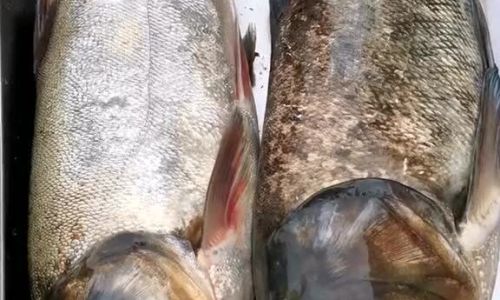
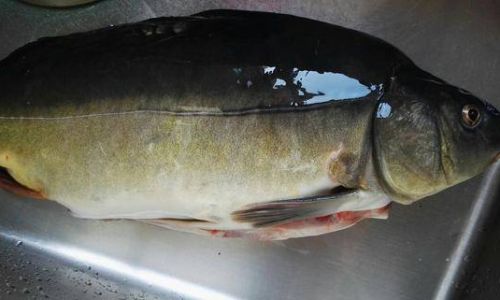
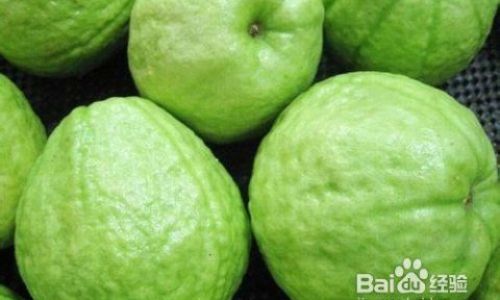
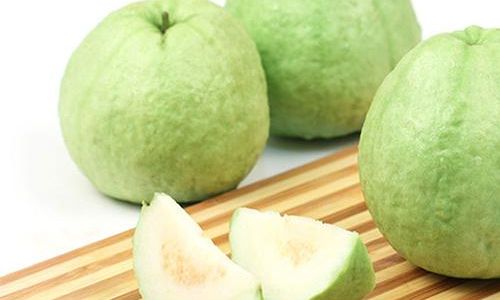
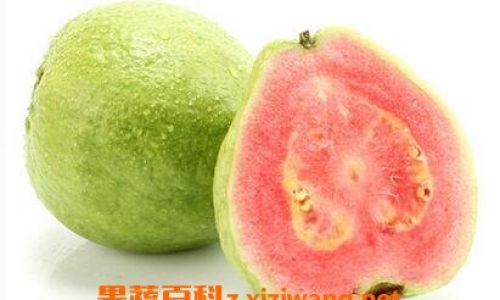
0 comments